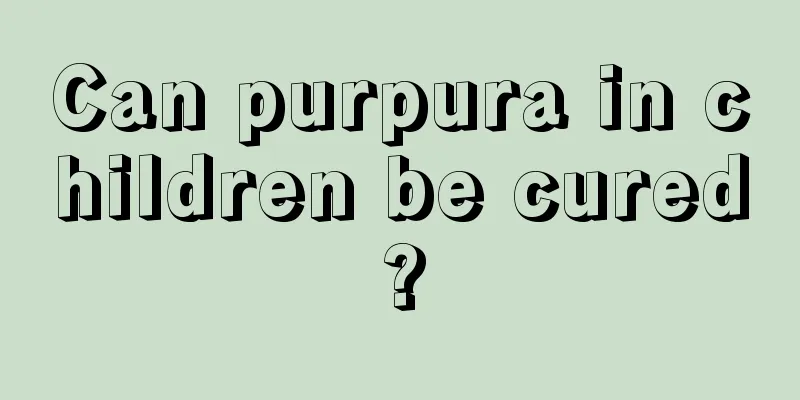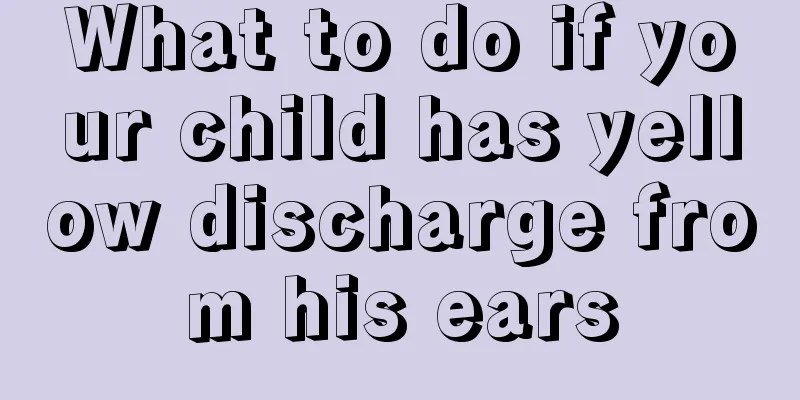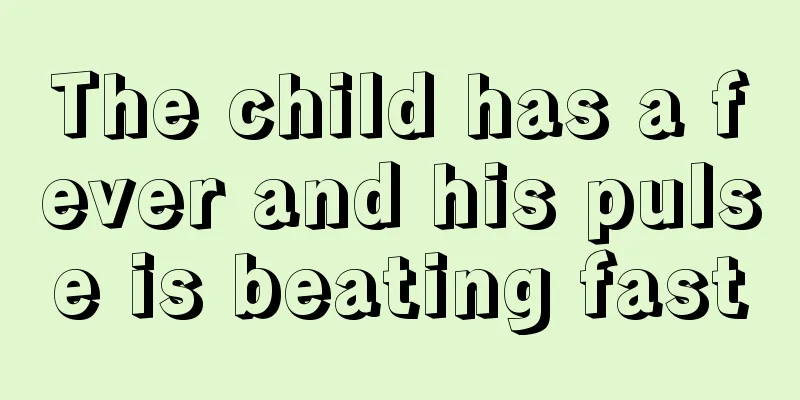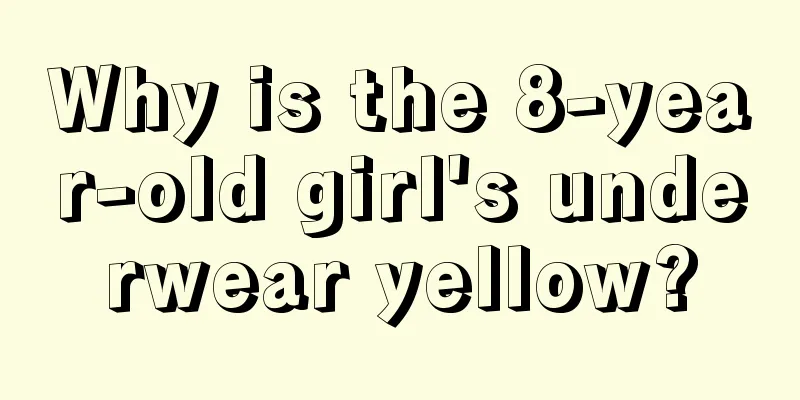Can purpura in children be cured?

|
Children have relatively weak resistance and are more susceptible to diseases, which has a great impact on their growth and development. There are many diseases that can cause serious damage to children's bodies. Among them, purpura is a very special disease. It causes problems with children's blood system and induces serious complications. In severe cases, it can threaten children's lives, etc. Let's take a look at whether purpura in children can be cured? Purpura is the name of a disease in Traditional Chinese Medicine. Also known as purpura, it is characterized by blood overflowing under the skin and mucous membranes, resulting in the appearance of petechiae and ecchymoses that do not fade when pressed. It is one of the common hemorrhagic diseases in children. It is often accompanied by nosebleeds, bleeding from the teeth, and even vomiting blood, blood in the stool, and blood in the urine. This disease belongs to the category of blood syndrome. The diseases and syndromes recorded in ancient Chinese medical books such as "grape plague", "muscle bleeding" and "spot poison" have similarities with this disease. This disease includes allergic purpura and thrombocytopenic purpura in Western medicine. The age of onset of Henoch-Schönlein purpura is mostly 3-14 years old, especially school-age children, more common in males than in females, and more common in spring. The age of onset of thrombocytopenic purpura is mostly 2-5 years old, with no difference in the incidence between boys and girls. The mortality rate is about 1%, and the main cause of death is intracranial hemorrhage. Whether purpura can be cured depends on the specific situation: 1. Thrombocytopenic purpura: Most cases of thrombocytopenia are caused by immune factors. This condition can be cured through routine clinical treatment. However, there is still a small number of thrombocytopenic purpura that is not effectively treated and will turn into chronic thrombocytopenic purpura over time. The treatment effect of chronic thrombocytopenic purpura is not ideal, and some cases may even develop into other types of blood system diseases, such as aplastic anemia or myelodysplastic syndrome, but the chance of occurrence is relatively small; 2. Allergic purpura: It requires regular treatment and most cases can be cured. However, if Henoch-Schonlein purpura causes kidney damage, treatment is more complicated. A small number of cases of Henoch-Schonlein purpura develop into kidney failure, but most of them can be cured. 3. Simple purpura: It is a self-limiting disease and does not require special treatment. It can be solved by simply supplementing the diet with foods that are relatively rich in vitamin C. |
<<: An 8-year-old girl has a lump on one breast
>>: Children have fever and joint pain
Recommend
Baby low fever convulsions
If the baby has a persistent low-grade fever, it ...
What are the white spots on baby's gums?
Infants are the group of people most likely to ha...
Why does a three-year-old baby bite people?
Babies start to grow teeth at around two years ol...
How to practice aerobic dance for children
Nowadays, teachers will teach children to dance i...
Reasons why babies stretch
Many physical conditions of infants will not be m...
Children's character formation period
Children's growth requires parents to be by t...
What causes children to have nightmares?
In order to cultivate children's independence...
What is the cause of the small bumps on the back of children’s hands?
Children's bodies are more prone to problems ...
Can children use cooling oil?
Mosquitoes are easy to breed in summer, and babie...
Milk quantity for one year and 3 months old baby
For babies aged one year and three months, the am...
What to do if a baby has a fever and convulsions?
When a child has a persistent high fever, convuls...
What to do if you have diarrhea after eating eggs
The baby's gastrointestinal function is not f...
Ways to enhance your child's immunity
The weather is cold in winter and the temperature...
What is the solution for a baby who hasn't pooped for two days?
Parents are very concerned about their children&#...
Parents must know the personality development of girls from single-parent families
Girls who grow up in single-parent families alway...









